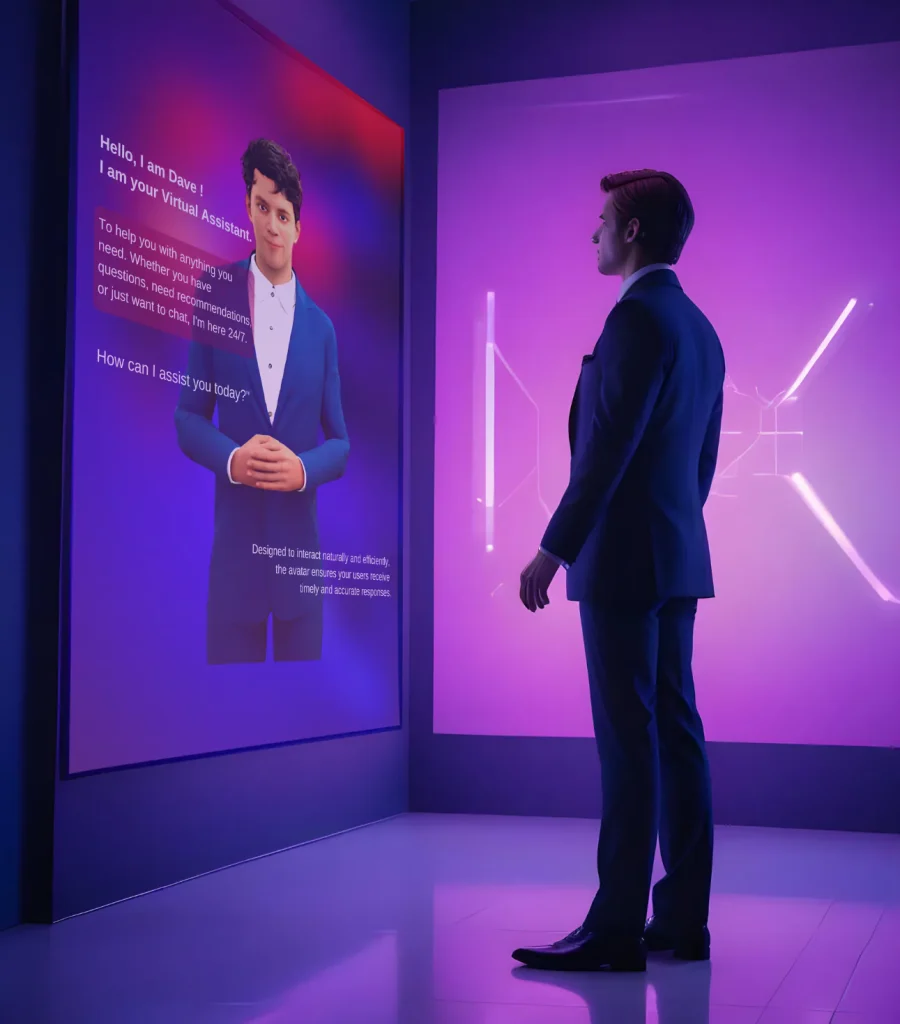Core idea of this paper:
- Exploring the benefits of an AI companion
for customer service and sales. - Evaluating chatbots and avatars to determine the best AI fit for your busine

The challenge
Businesses face the challenge of choosing the right AI companions to effectively engage and support their customers. The decision hinges on balancing the need for cost-effective, scalable solutions with the desire to create a memorable, personalized user experience. Businesses must carefully consider their goals, audience preferences, and resource availability to make an informed choice that aligns with their strategic objectives.
Comparing Chatbots and Avatars
When deciding between chatbots and avatars for customer service and sales, consider the nature of interactions you want to offer your users. If you prioritize efficient text-based communication and automation of repetitive tasks, a chatbot is suitable.
In contrast, if you want to create a more engaging and interactive experience with a visual and emotive touch, an avatar works swimmingly.
Companies using AI in sales have seen an increase in leads of over
AI assistants in customer service can handle inquiries independently
Predictions
Gartner predicts that “By 2027, chatbots will become the primary customer service channel for roughly a quarter of organizations.” Additionally, the global chatbot market size is predicted to reach $15.5 billion by 2028. Speaking of avatars, Bloomberg suggests that the digital avatars market will top $525 billion by the end of the decade.
In other news, Apple published research into how companies can use “Human Gaussian Splats, or HUGS, a type of generative AI technology to create digital human avatars from a video”—the applications of which are infinite for digital experiences such as virtual reality and consumer experiences.

